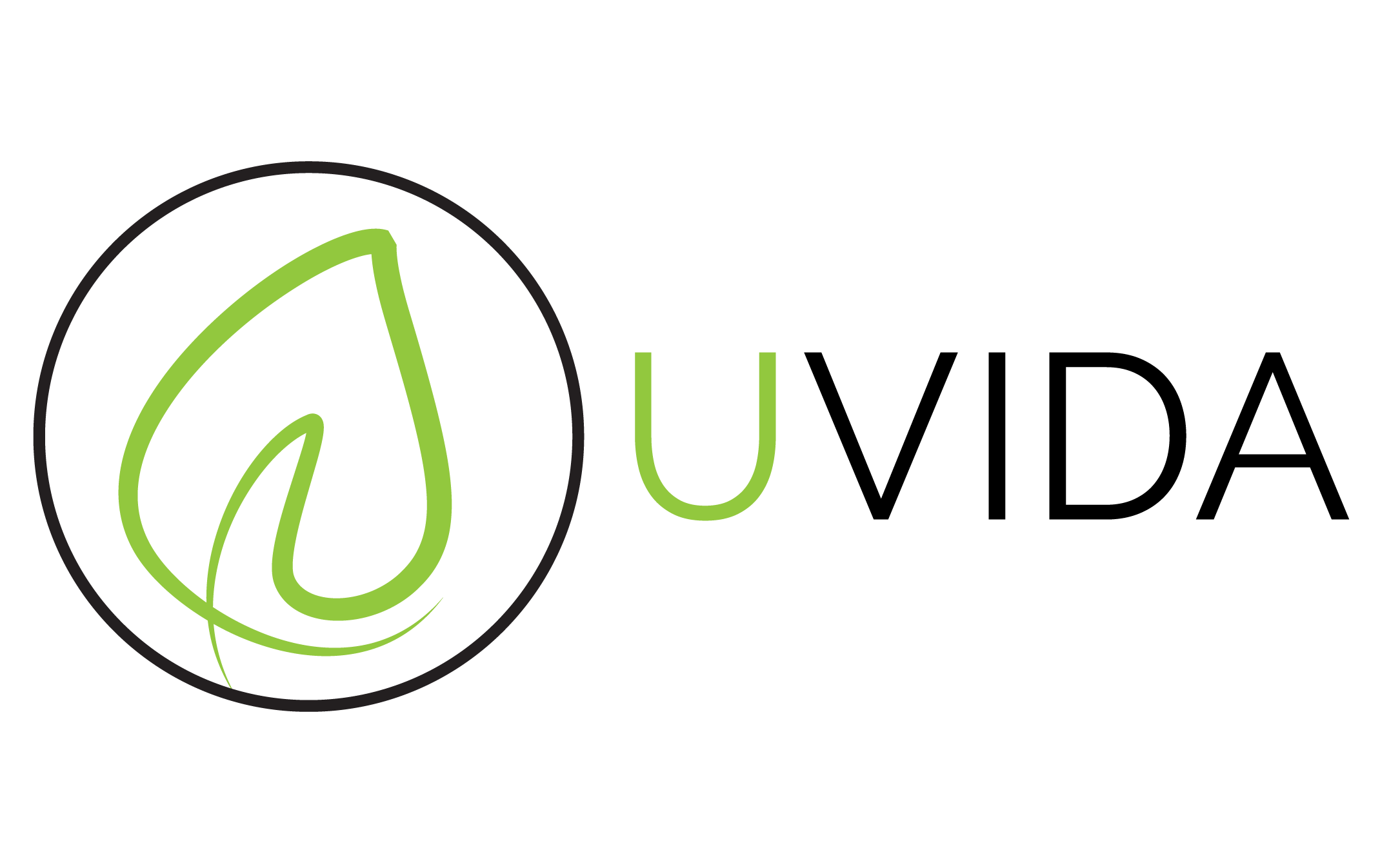YELLOW LEAVES: Yellow leaves on ZZ Plants are most commonly due to overwatering. This tends to happen to lower and older leaves first and may be accompanied by brown leaf tips, lack of growth, drooping stems, and wrinkled leaves if severe. Yellow leaves can also be due to excessive sunlight, pests, acclimation, or temperature stress.
NOT GROWING: If your ZZ plant is not growing new leaves, the most likely cause is insufficient light. ZZ plants prefer bright, indirect light. Cool temperatures or any other cause of stress can also result in your ZZ plant not growing.
BROWN TIPS: Brown tips on ZZ plants are most commonly due to overwatering, particularly if seen on new growth. Underwatering, excess heat or light, overfertilizing, or low humidity can also cause brown tips on ZZ plant leaves due to dehydration.
LIGHT GREEN GROWTH: The new growth of a ZZ plant is normally light green and will slowly darken to match the color of the existing foliage over a period of several months.
ROOT BULB EXPOSED: The root bulb or rhizome of a ZZ plant can become exposed over time due to soil getting washed away from repeated watering. The roots can also become exposed if your ZZ plant is becoming root-bound over time. An exposed rhizome/root bulb is not normally a sign of an unhealthy plant.
FALLING OVER: The most common cause of ZZ plant stalks falling over is overwatering, which leads to soft, rotting stems, that are unable to support the weight of the rest of the stem.
CURLING LEAVES: ZZ plant leaves curling is normally due to a lack of water available for the leaves to use. The leaves curl to reduce the surface area of the leaves and reduce the amount of water loss. Underwatering or overwatering, excess heat, pests, or very low humidity can all cause leaf curling.
WRINKLED STEMS: If your ZZ plant has a wrinkled stem, it is most likely to be deficient in water.
ROOT ROT: Prevent root rot by growing your plant in very well-draining soil, in porous pots with plenty of drainage holes, and ensuring adequate light.


